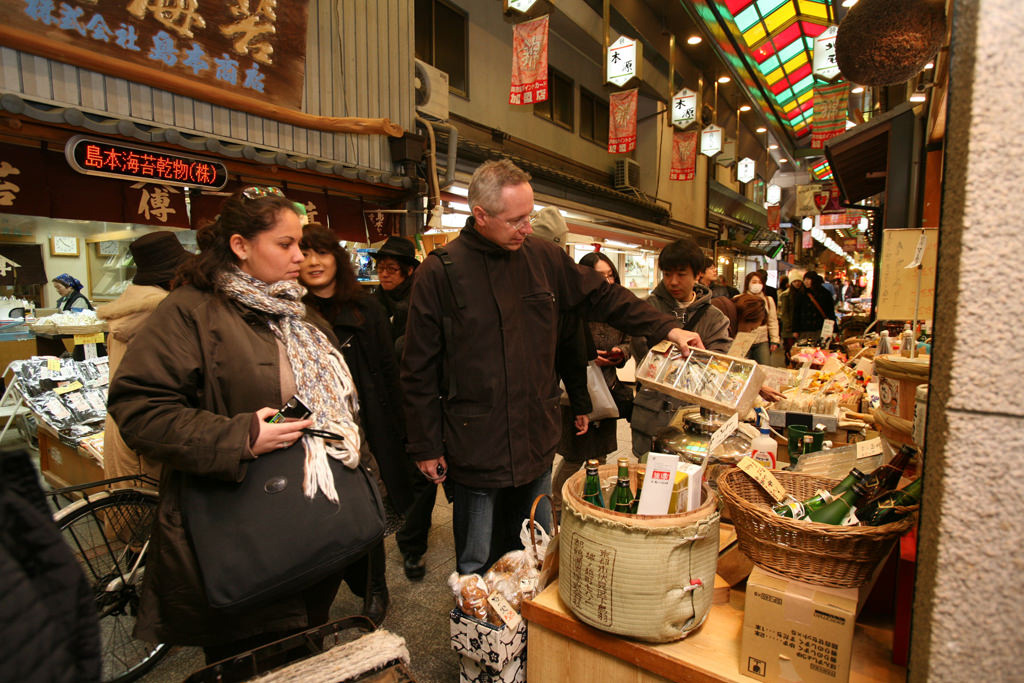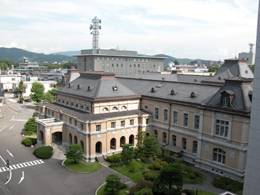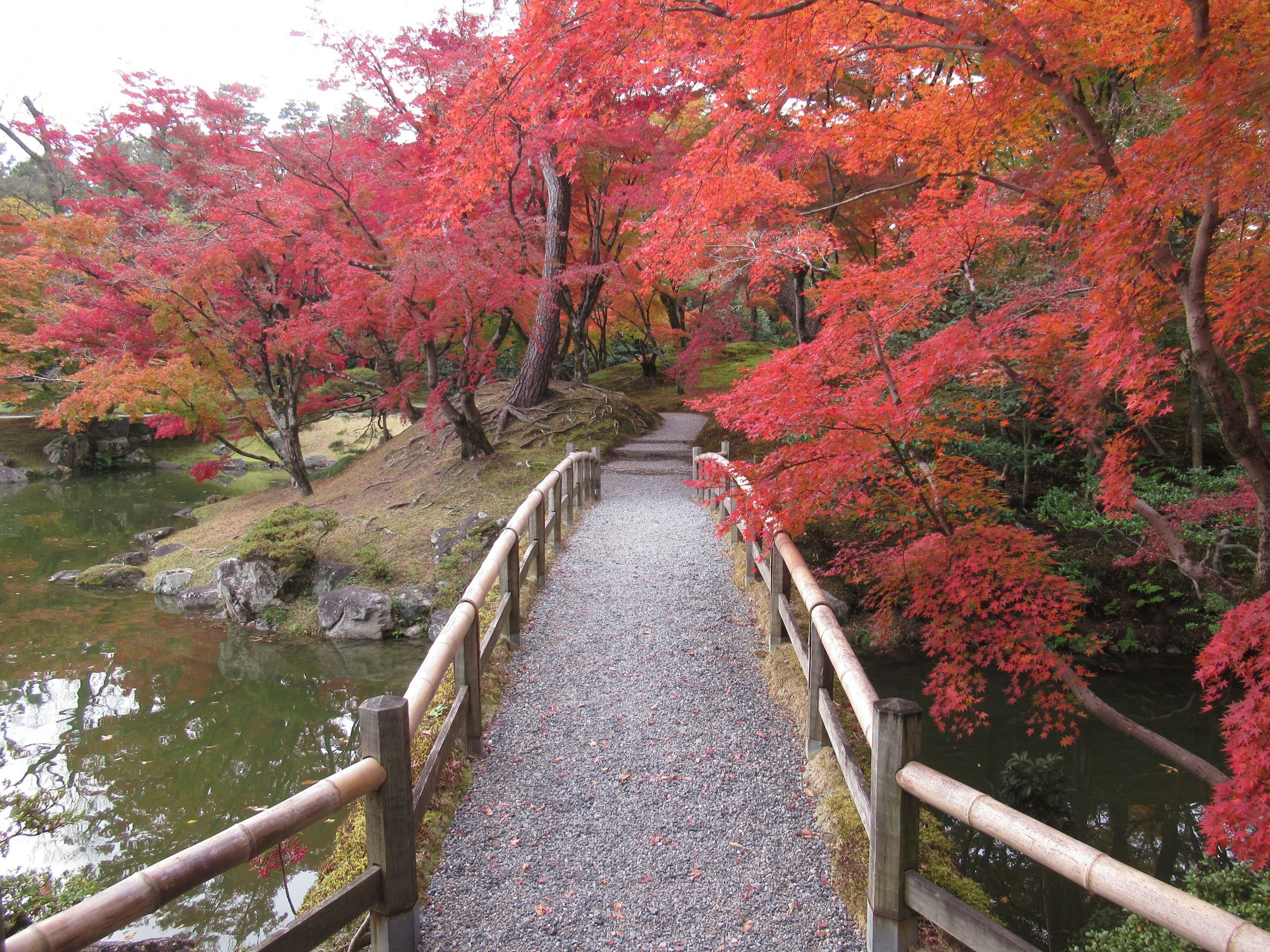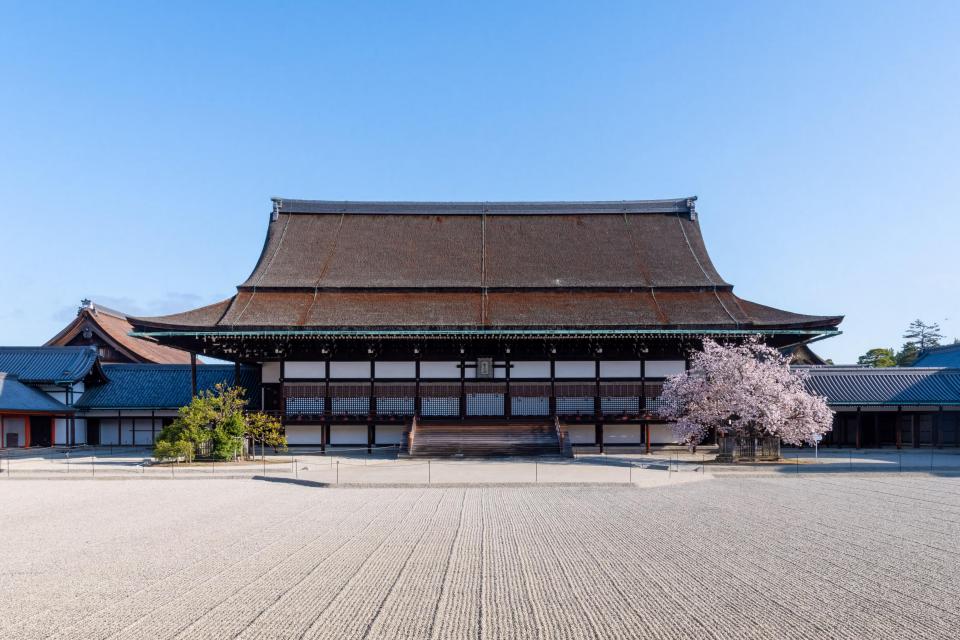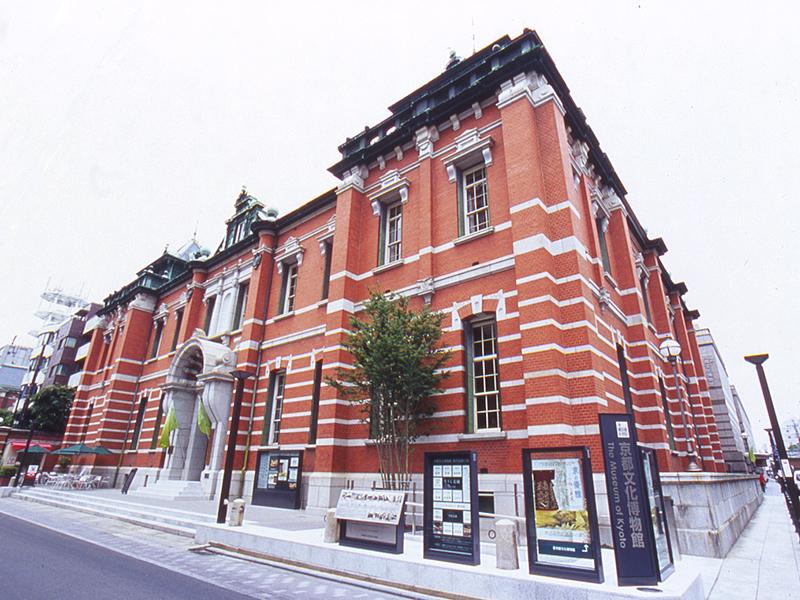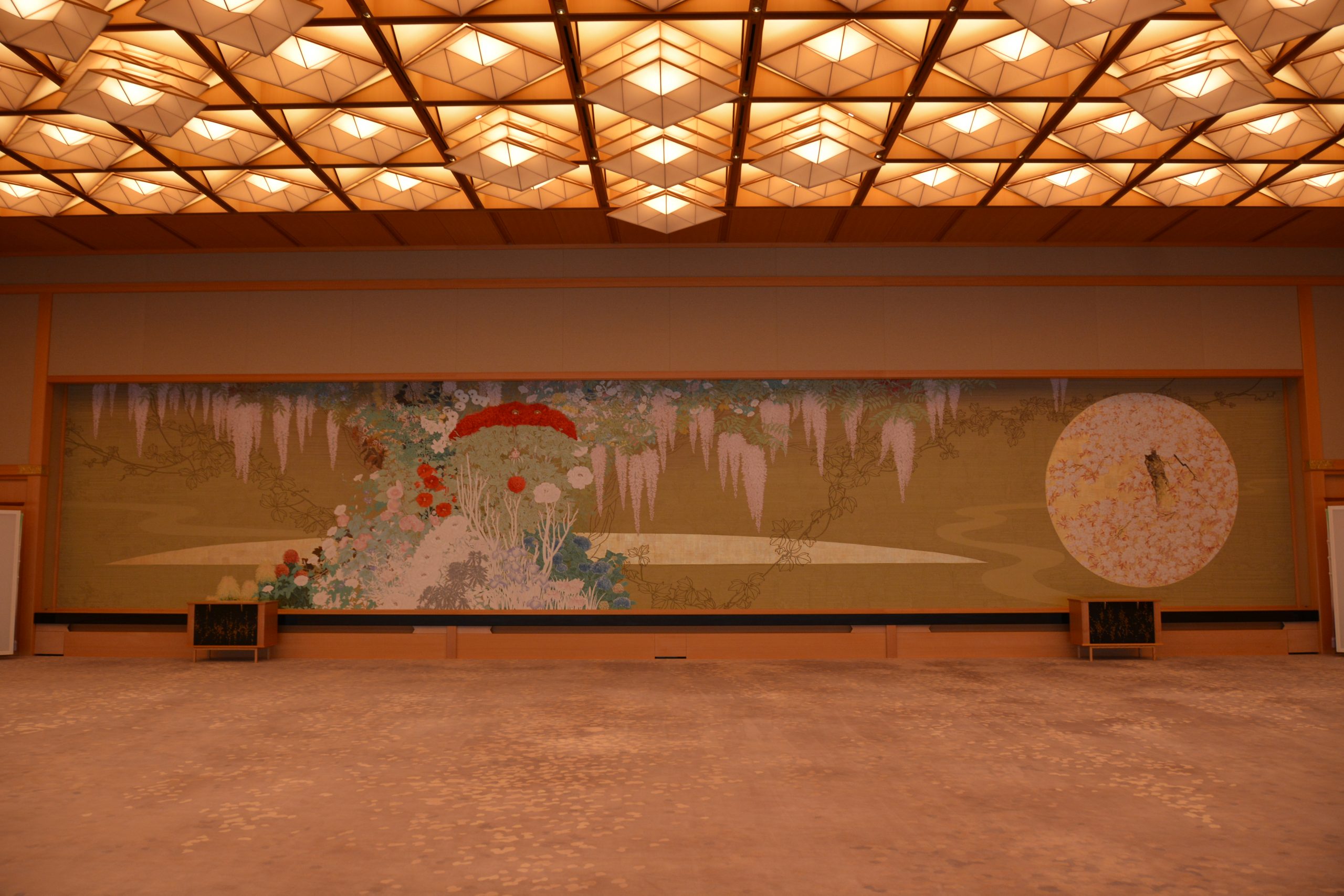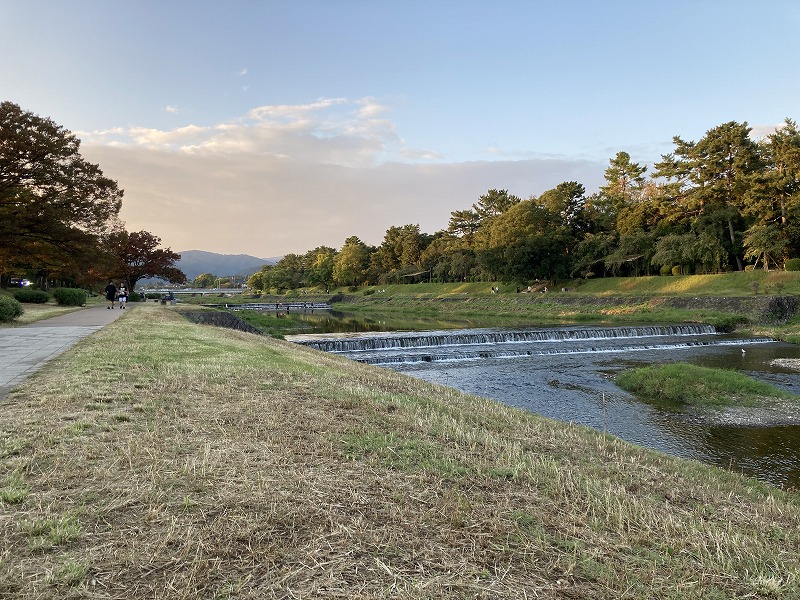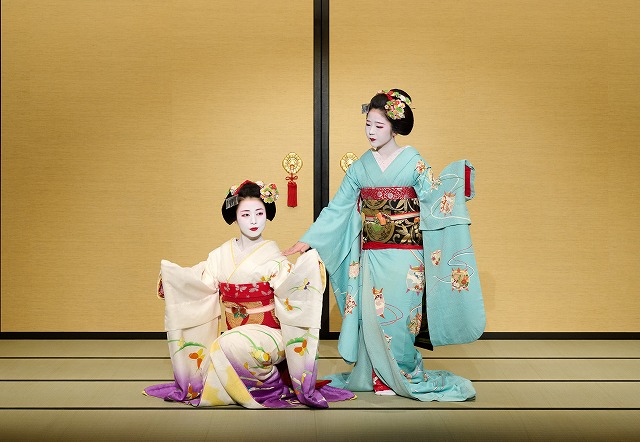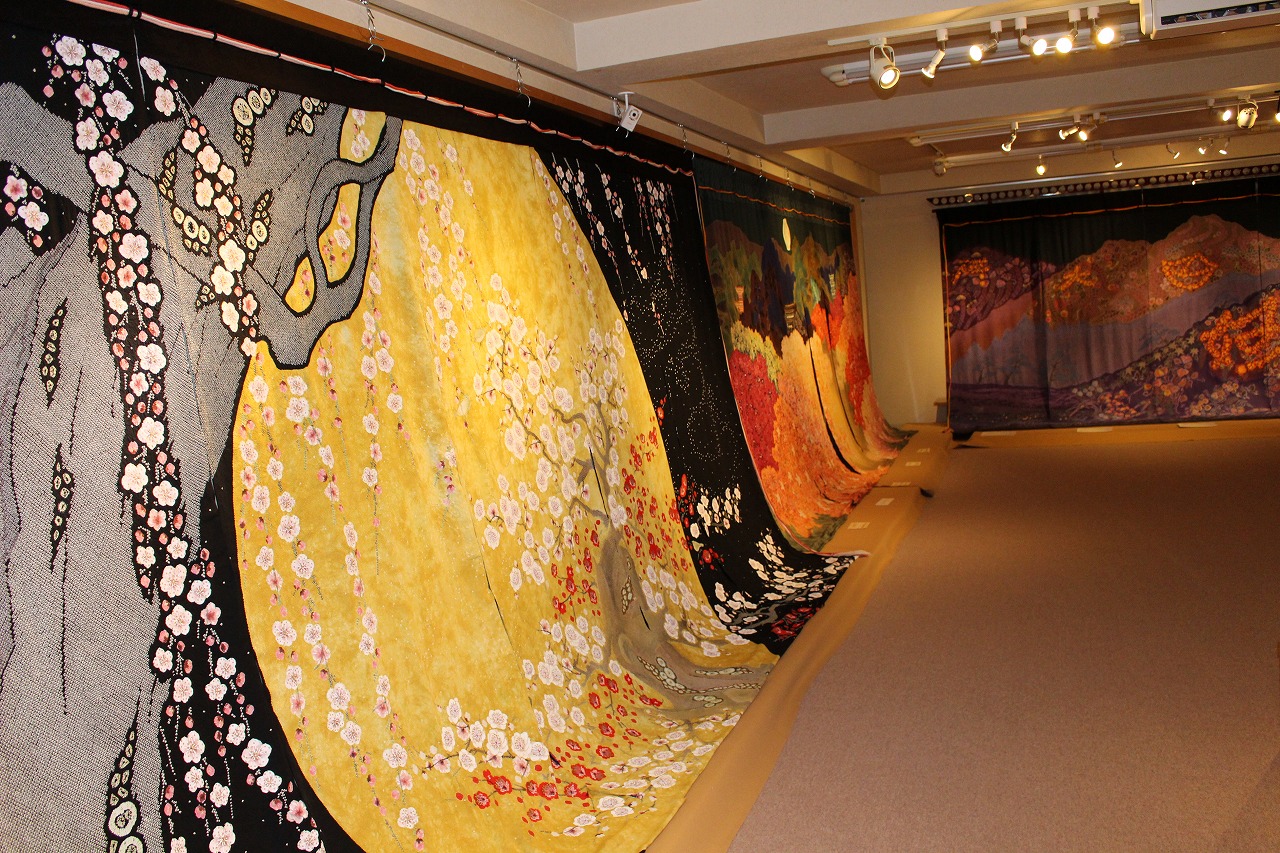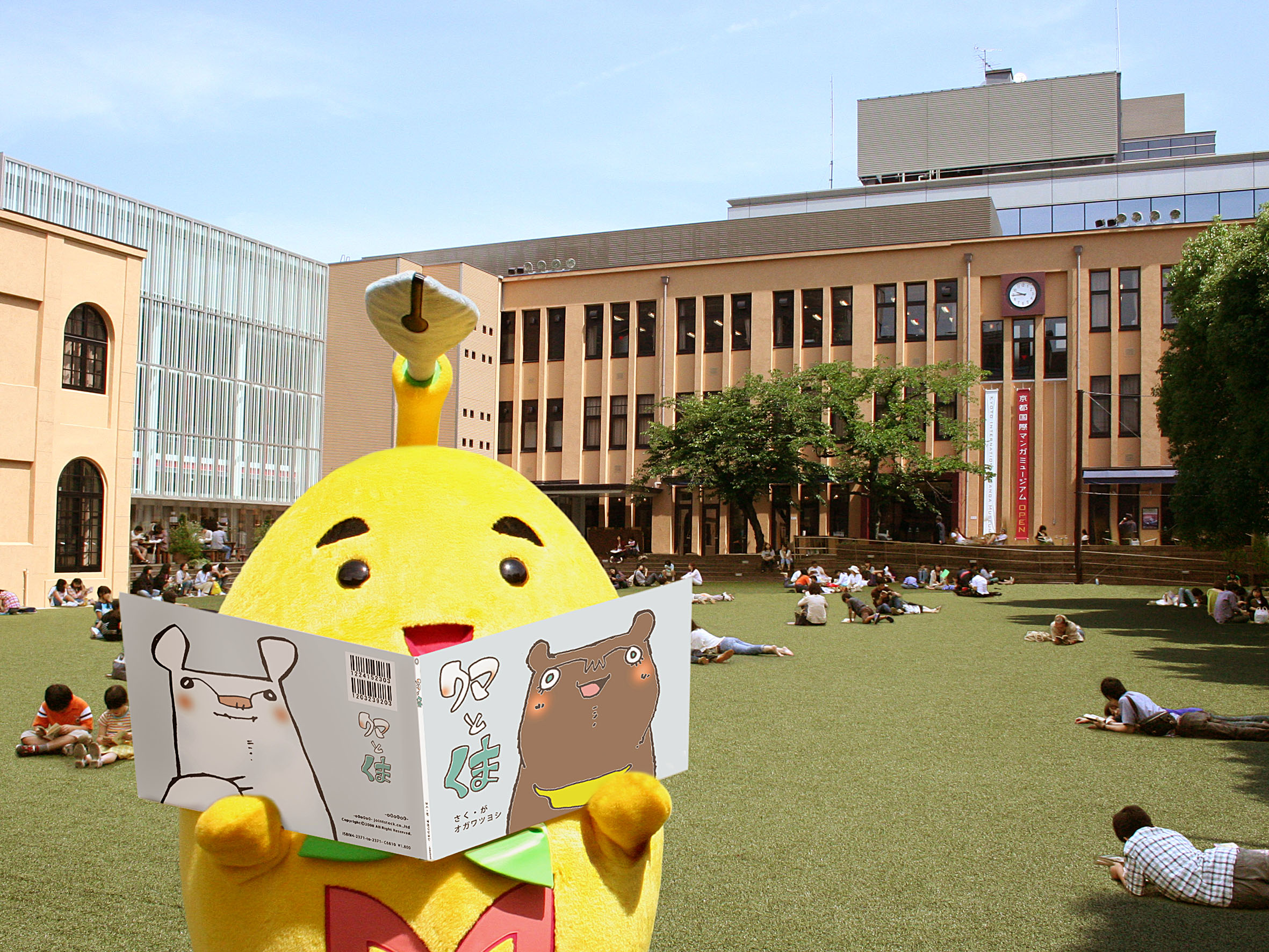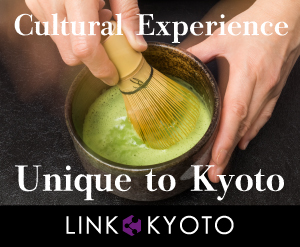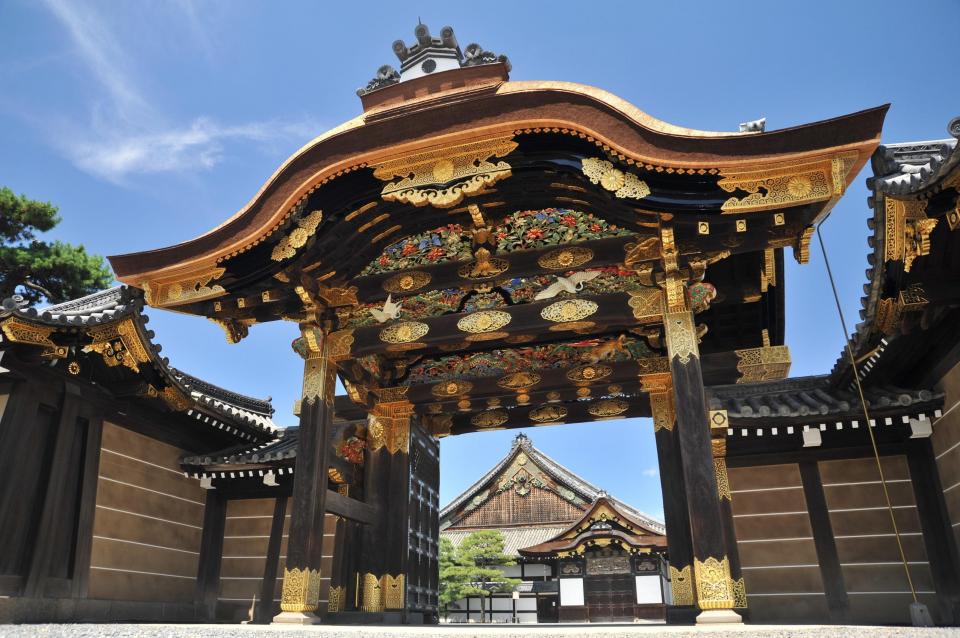
The gorgeous style of this castle was intended as a demonstration of Shogun Tokugawa Ieyasu (1542-1616)’s prestige.
Nijo-jo Castle was the residence of the Tokugawa shoguns in Kyoto, who had been ruling Japan for over 260 years from 1603 to 1868, and it remains an eloquent testimony to their power. The wide moat, massive stone walls, and heavy yet elaborate gates are still impressive, and were the only fortifications the inhabitants felt necessary, so firm was their grip on power. The grounds are large and contain several lovely gardens as well as groves of plum and cherry trees. The palace building itself is imposing, yet upon closer examination, is rich in decorative detail.
Inside the palace are several masterpieces of Japanese art, most notably the painted screens of the main chamber. In this room the shoguns met the daimyo (high-ranking warlord-administrators) who sought an audience. The screens were painted by artists of the Kano school and employ rich colors and large amounts of gilt to depict flowers, trees, birds and tigers. They were meant to impress. Also in the palace are the famous “nightingale floors,” which were designed to squeak when steped on and thus alert guards to any intruders.
While you’re there, join the Nijo-jo Castle Official English Guided Tour!
Basic Information
- Address : 541 Nijo-jo-cho, Horikawa-nishi-iru, Nijo-dori, Nakagyo-ku, Kyoto City
- Website : Click here
- Access : Comfortable access to Nijo-jo Castle
